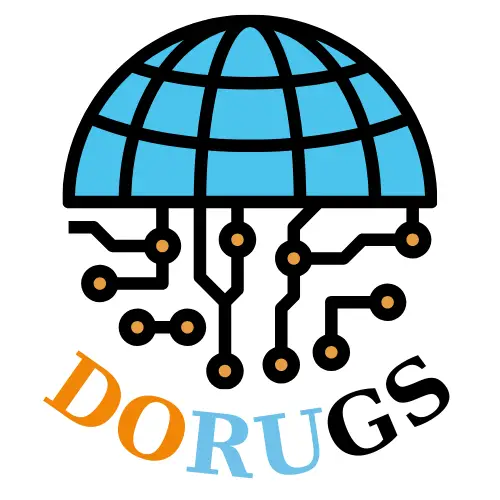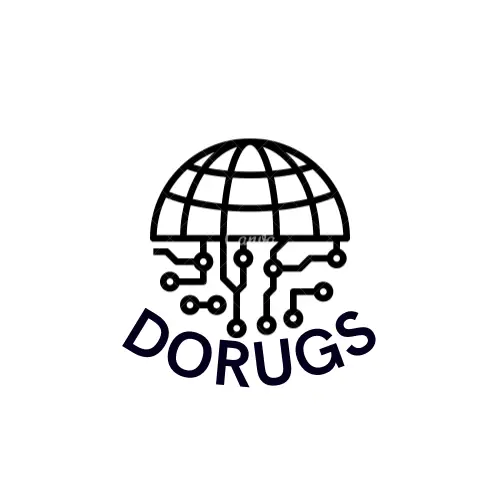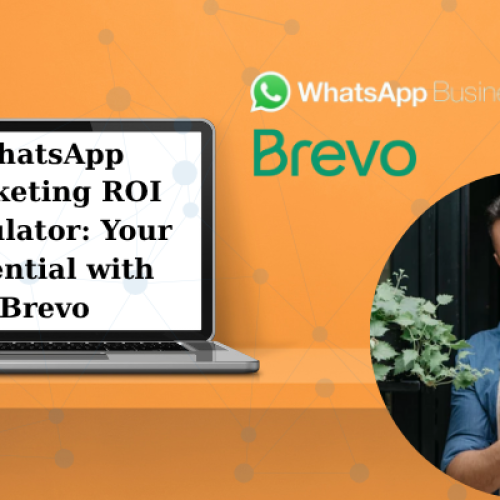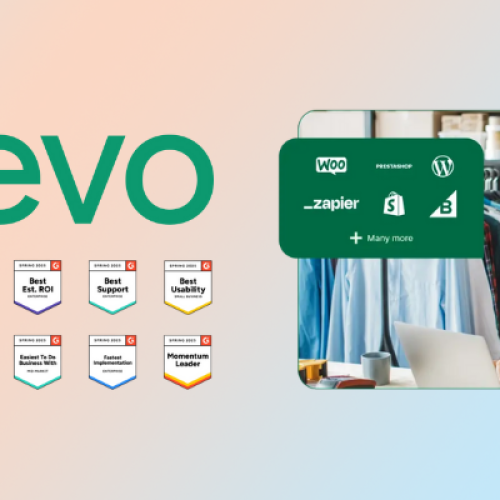“I was getting decent results from email marketing,” shared Jennifer, marketing director at a growing e-commerce brand. “But when a customer didn’t open my emails, I had no backup plan. I was essentially putting all my eggs in one basket and hoping for the best.”
Jennifer’s realization led her to discover something powerful: customers don’t live in single-channel silos. They check WhatsApp on their phones, read emails on laptops, and respond to SMS while multitasking. Yet most businesses still approach marketing as if customers only use one communication method.
The future belongs to businesses that can coordinate seamlessly across channels, and Brevo’s unified platform makes this coordination not just possible, but effortless. Let me show you how combining WhatsApp, email, and SMS creates a marketing formula that delivers results no single channel can match.
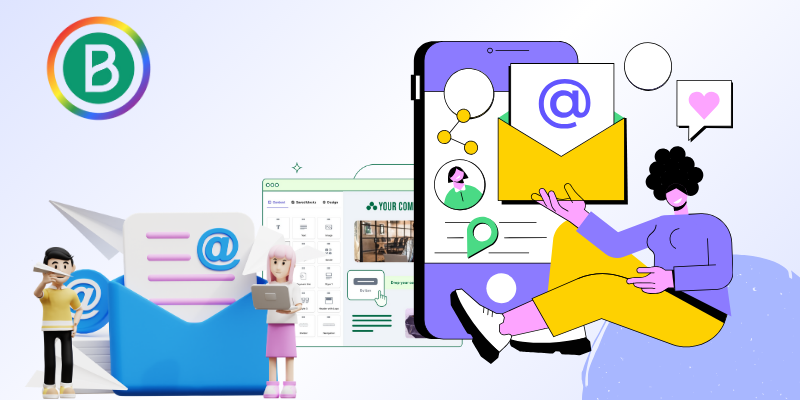
Table of Contents
ToggleThe Single-Channel Limitation: Why One Size Doesn’t Fit All
Reduced Customer Reach
The Reality of Channel Preferences: Different customers prefer different communication methods based on context, device, timing, and personal habits. When businesses rely on a single channel, they automatically exclude segments of their audience who simply don’t engage through that method.
Channel Preference Breakdown:
| Customer Segment | Primary Channel | Secondary Channel | Timing Preference |
|---|---|---|---|
| Gen Z (18-24) | WhatsApp, SMS | Email for detailed info | Immediate response expected |
| Millennials (25-40) | Email, WhatsApp | SMS for urgent matters | Within hours |
| Gen X (41-56) | SMS | Business hours preferred | |
| Professionals | Email during work | WhatsApp/SMS after hours | Context-dependent |
The Cost of Channel Blindness: Businesses using only email might achieve 20-24% open rates, but they’re completely missing the 98% open rates available through WhatsApp for urgent communications or the immediacy of SMS for time-sensitive messages.
Limited Engagement Opportunities
Sequential Opportunity Loss: Single-channel marketing creates a binary outcome: customers either engage or they don’t. Multi-channel approaches provide multiple touchpoints and opportunities to capture attention when customers are ready to engage.
Engagement Window Mismatches:
- Email works well for detailed information during focused reading time
- WhatsApp excels for quick interactions and immediate responses
- SMS performs best for urgent, time-sensitive communications
Missed Context Opportunities: Different channels suit different types of messages. Using only email for everything means using the wrong tool for many communications, reducing overall effectiveness.
Fragmented Customer Experience
Inconsistent Brand Touch-Points: When businesses manage channels separately, messaging, timing, and brand presentation often become inconsistent, creating a disjointed customer experience.
Lost Conversation Continuity: Customers might start a conversation via email, prefer to continue on WhatsApp, but businesses using separate tools can’t maintain context across the transition.

Brevo’s Triple-Channel Strategy Framework
WhatsApp for Immediate Engagement
Optimal Use Cases:
- Order confirmations and shipping updates
- Customer service inquiries and responses
- Urgent notifications and alerts
- Rich media content sharing (images, videos, documents)
- Interactive customer conversations
Performance Advantages:
- 98% open rate ensures messages are seen
- Rapid response times (often within minutes)
- Rich media support for engaging content
- Personal, conversational tone feels natural
- Real-time two-way communication capability
Best Practices for WhatsApp:
- Keep messages concise and actionable
- Use rich media to enhance communication
- Respect customer time zones and preferences
- Maintain professional yet friendly tone
- Provide easy opt-out options
Email for Detailed Communication
Optimal Use Cases:
- Newsletter content and industry updates
- Detailed product information and specifications
- Educational content and tutorials
- Formal announcements and policy updates
- Complex offers requiring detailed explanation
Strategic Advantages:
- Excellent for longer-form content
- Professional appearance for business communications
- Easy forwarding and sharing capabilities
- Strong analytics and tracking options
- Cost-effective for large-scale campaigns
Email Optimization Strategies:
- Segment audiences for targeted messaging
- Use compelling subject lines with clear value
- Optimize for mobile and desktop viewing
- Include clear calls-to-action
- Test sending times for optimal engagement
SMS for Urgent Notifications
Optimal Use Cases:
- Appointment reminders and confirmations
- Security alerts and verification codes
- Last-minute offers and flash sales
- Emergency communications
- Simple confirmations and acknowledgments
Unique Strengths:
- Universal accessibility across all mobile devices
- No internet connection required
- Immediate delivery and high attention rates
- Brief format forces clear, direct messaging
- Excellent for time-sensitive communications
SMS Best Practices:
- Keep messages under 160 characters when possible
- Include clear identification and opt-out info
- Use for truly urgent or important communications only
- Personalize when appropriate
- Provide value in every message
Brevo’s Unified Platform Advantage
Single Contact Database
Comprehensive Customer Profiles: Brevo maintains complete customer information across all three channels, creating a unified view that enables sophisticated personalization and coordination.
Unified Profile Components:
| Data Category | Information Included |
|---|---|
| Contact Details | Name, email, phone, preferences |
| Channel Activity | WhatsApp responses, email opens, SMS replies |
| Engagement History | Message preferences, response patterns |
| Behavioral Data | Website activity, purchase history |
| Communication Preferences | Channel preferences, frequency settings |
| Interaction Timeline | Complete chronological communication history |
Real-Time Synchronization: Changes made in one channel immediately reflect across all others, ensuring consistent and up-to-date information regardless of which team member or channel initiates contact.
Cross-Channel Automation
Intelligent Message Coordination: Brevo’s automation system can coordinate messages across channels to avoid overwhelming customers while maximizing engagement opportunities.
Smart Automation Examples:
| Scenario | Automated Response |
|---|---|
| Email not opened after 24 hours | Send WhatsApp follow-up with key points |
| WhatsApp message delivered but not read | Send SMS with urgent notification |
| Customer responds on any channel | Update preferences, pause other channels |
| Purchase completed | Send confirmation via preferred channel |
| Support ticket created | Notify customer via fastest response channel |
Behavioral Trigger Coordination: The platform learns from customer interactions to automatically optimize future communications, selecting the most effective channel for each individual based on their historical engagement patterns.
Consistent Brand Messaging
Unified Content Management: Create and manage message templates across all channels from a single interface, ensuring consistent brand voice, tone, and visual presentation.
Brand Consistency Benefits:
- Reinforced brand recognition across touchpoints
- Consistent customer experience regardless of channel
- Streamlined content creation and approval processes
- Reduced risk of conflicting or contradictory messages
Real-World Multi-Channel Implementation
E-commerce Success Story
Challenge: Online fashion retailer struggled with cart abandonment and needed better customer communication coordination across channels.
Triple-Channel Solution Implementation:
- Email: Weekly newsletters featuring new arrivals and style guides
- WhatsApp: Order confirmations, shipping updates, and personalized product recommendations
- SMS: Flash sale notifications and cart abandonment reminders
Coordinated Automation Sequence:
- Cart Abandonment Email (2 hours after abandonment)
- WhatsApp Follow-up (24 hours if email not opened)
- SMS Urgency Message (48 hours with limited-time discount)
- Final Email (7 days with different product suggestions)
Results Achieved:
- Overall engagement rate increased significantly
- Cart recovery rate improved substantially
- Customer satisfaction scores increased due to communication preferences being respected
- Reduced unsubscribe rates across all channels
Service Business Coordination
Challenge: Consulting firm needed to coordinate client communications, project updates, and appointment management across multiple touchpoints.
Unified Communication Strategy:
- Email: Formal project updates, detailed reports, and meeting summaries
- WhatsApp: Quick check-ins, urgent questions, and informal updates
- SMS: Appointment reminders and time-sensitive notifications
Workflow Integration:
- Client preferences automatically determine primary communication channel
- Project milestones trigger appropriate channel notifications
- Emergency communications use SMS regardless of preferences
- Follow-up sequences adapt based on client response patterns
Business Impact:
- Improved client satisfaction through preferred communication methods
- Reduced missed appointments through multi-channel reminders
- Enhanced project communication effectiveness
- Streamlined team coordination and client management

Channel-Specific Optimization Strategies
WhatsApp Best Practices Within Multi-Channel Context
Timing Coordination:
- Use WhatsApp for immediate follow-ups to email campaigns
- Schedule WhatsApp messages during high-engagement periods
- Coordinate with email calendar to avoid message conflicts
- Respect customer time zones and preferences
Content Optimization:
- Keep messages conversational and personal
- Use rich media to enhance engagement
- Provide quick response options
- Link to email for detailed information when needed
Email Enhancement Through Channel Integration
Cross-Channel Content Strategy:
- Reference WhatsApp conversations for personalization
- Use email for detailed follow-up to WhatsApp inquiries
- Create email content that encourages WhatsApp engagement
- Segment email lists based on multi-channel engagement patterns
Performance Optimization:
- A/B test email content with WhatsApp follow-up sequences
- Use email analytics to inform WhatsApp message timing
- Coordinate email campaigns with SMS notifications
- Optimize email design for mobile users who also use WhatsApp
SMS Strategic Integration
Precision Messaging:
- Use SMS sparingly for maximum impact
- Coordinate with email and WhatsApp to avoid redundancy
- Focus on time-sensitive and urgent communications
- Provide value in every SMS message
Integration Tactics:
- Use SMS to drive email or WhatsApp engagement
- Send SMS confirmations for email newsletter signups
- Alert customers via SMS about important WhatsApp messages
- Coordinate SMS timing with other channel campaigns
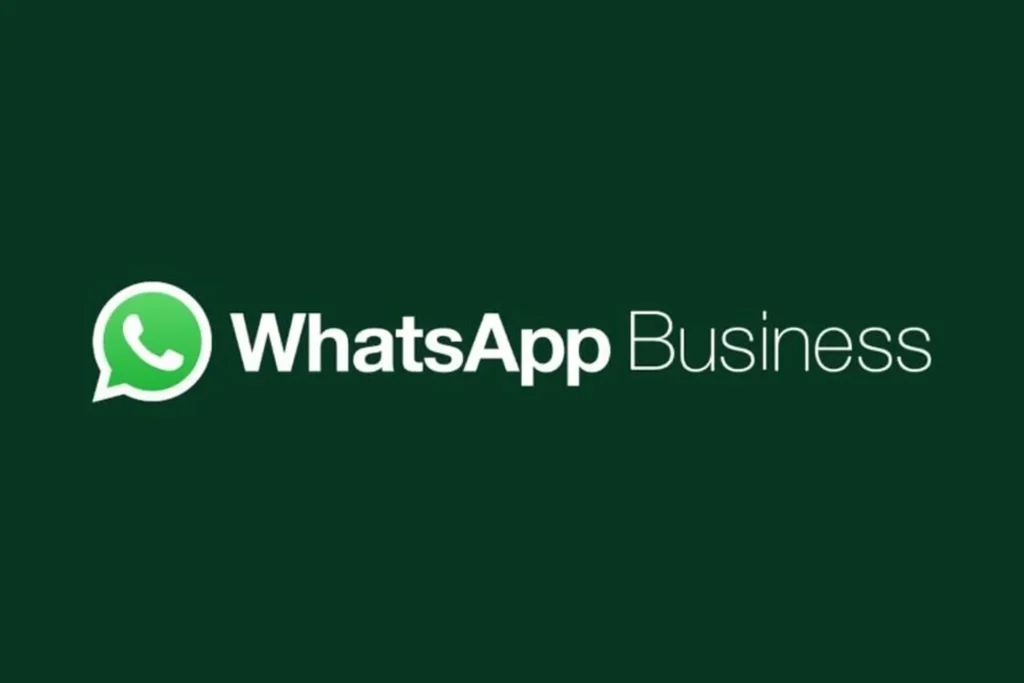
Implementation Strategy Guide
Phase 1: Platform Setup and Integration
Technical Configuration:
- Set up Brevo account with all three channel integrations
- Import and organize contact database
- Configure channel preferences for existing contacts
- Set up basic automation workflows
Team Training:
- Train team members on unified platform interface
- Establish channel selection guidelines
- Create content approval workflows
- Set up performance monitoring procedures
Initial Testing:
- Run small test campaigns across all channels
- Verify integration and automation functionality
- Test customer experience across different scenarios
- Gather feedback and adjust workflows
Phase 2: Workflow Development
Automation Creation:
- Design cross-channel customer journeys
- Set up behavioral triggers and responses
- Create channel-specific message templates
- Implement performance tracking and optimization
Content Strategy:
- Develop channel-appropriate messaging guidelines
- Create consistent brand voice across all channels
- Design content that works across multiple touchpoints
- Plan message sequences that complement each other
Phase 3: Performance Monitoring and Optimization
Analytics Setup:
- Configure comprehensive performance tracking
- Set up cross-channel attribution measurement
- Create performance dashboards and reporting
- Establish optimization review schedules
Continuous Improvement:
- Regular analysis of channel performance
- A/B testing of message sequences and timing
- Customer feedback collection and incorporation
- Ongoing refinement of automation rules
Success Measurement Framework
Key Performance Indicators
Overall Engagement Metrics:
| Metric Category | Measurement Focus |
|---|---|
| Reach Effectiveness | Total audience engaged across all channels |
| Message Coordination | Reduced message conflicts and redundancy |
| Customer Satisfaction | Improved communication experience scores |
| Conversion Optimization | Multi-touch conversion attribution |
| Efficiency Gains | Reduced management time and increased results |
Channel-Specific Performance:
- WhatsApp: Response rates and conversation completion
- Email: Open rates, click-through rates, and conversion tracking
- SMS: Delivery rates and immediate action completion
- Cross-channel: Attribution analysis and customer journey mapping
Optimization Strategies
Continuous Refinement:
- Regular review of channel performance and customer preferences
- Testing of new automation sequences and message coordination
- Analysis of customer feedback and communication effectiveness
- Adjustment of channel selection algorithms and timing
Advanced Personalization:
- Use cross-channel data for enhanced personalization
- Develop predictive models for channel preference
- Create dynamic content based on multi-channel engagement
- Implement advanced segmentation using unified data
The Competitive Advantage
Why Multi-Channel Integration Matters
Customer Expectation Evolution: Modern customers expect businesses to be available on their preferred channels and to maintain context across different touchpoints. Single-channel approaches feel outdated and inflexible.
Market Differentiation: While competitors struggle with fragmented tools and inconsistent messaging, businesses using integrated multi-channel approaches provide superior customer experiences that drive loyalty and results.
Operational Efficiency: Managing three channels through one platform requires less time, training, and coordination than juggling separate tools for each communication method.
Future-Proofing Your Communication Strategy
Channel Agnostic Approach: Brevo’s unified platform approach means adding new communication channels or adjusting strategies doesn’t require starting over with new tools or losing existing customer data and insights.
Scalability Benefits: As businesses grow, the multi-channel approach scales naturally without the exponential complexity increases that come with managing multiple separate platforms.
Data Intelligence: Unified customer data across all channels provides insights and optimization opportunities that single-channel approaches simply cannot achieve.

Getting Started with Brevo’s Triple-Channel Approach
Implementation Roadmap
Week 1: Foundation Setup
- Create Brevo account and configure all three channels
- Import contact database and set initial preferences
- Set up basic automation workflows
- Train team on unified interface
Week 2: Campaign Development
- Design initial cross-channel customer journeys
- Create message templates for each channel
- Set up performance tracking and analytics
- Launch first coordinated campaigns
Week 3-4: Optimization and Expansion
- Monitor performance and gather feedback
- Refine automation rules and message timing
- Expand successful strategies across more campaigns
- Plan advanced features and integrations
Success Factors
Strategic Planning:
- Start with customer preferences and work backward to channel strategy
- Focus on coordination rather than just multi-channel presence
- Plan for scalability and future channel additions
- Invest in team training and adoption
Execution Excellence:
- Maintain consistent brand voice across all channels
- Respect customer preferences and opt-out requests
- Monitor performance and adjust strategies based on data
- Continuously test and optimize message coordination

The Unified Future of Customer Communication
The choice between single-channel and multi-channel marketing isn’t really a choice anymore – it’s an evolution. Customers communicate across multiple channels, and businesses that can meet them where they are while maintaining consistency and context will win.
Why Brevo’s Triple-Channel Approach Works:
- Customer-Centric: Meets customers on their preferred channels
- Operationally Efficient: One platform manages all channels
- Data-Driven: Unified analytics enable better decision-making
- Scalable: Grows with your business without exponential complexity
- Results-Focused: Combines the strengths of each channel for maximum impact
The Bottom Line: Email alone gives you 20-24% open rates. WhatsApp alone gives you 98% open rates but limited context. SMS alone provides urgency but minimal content capacity. Together, coordinated through Brevo’s unified platform, they create a communication strategy that maximizes every customer touchpoint.
Ready to Transform Your Customer Communication? Stop limiting yourself to single-channel marketing. Explore Brevo’s integrated platform and discover how WhatsApp, email, and SMS work together to create results no single channel can achieve.
Your customers are already using multiple channels. Make sure your marketing strategy reflects that reality.
